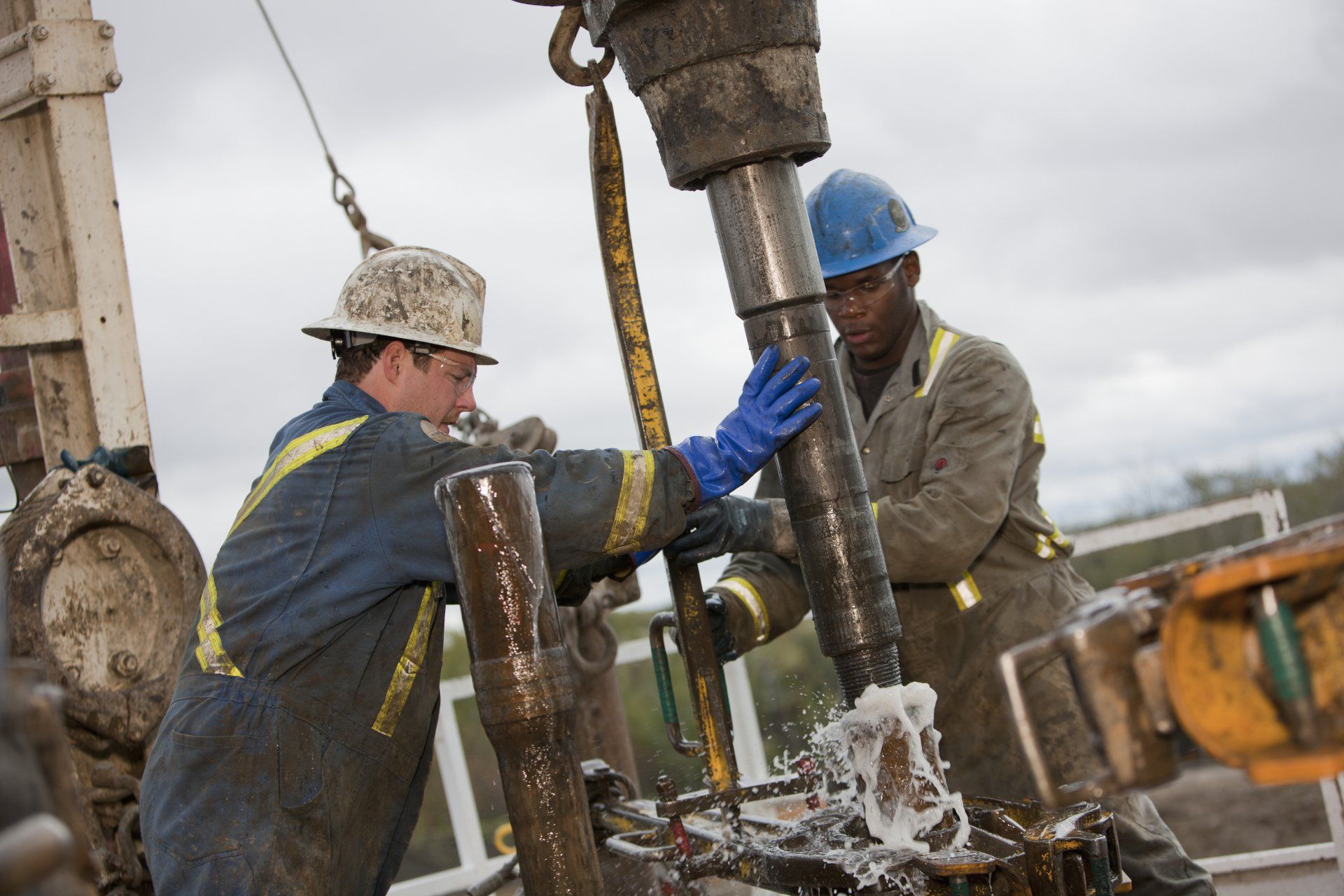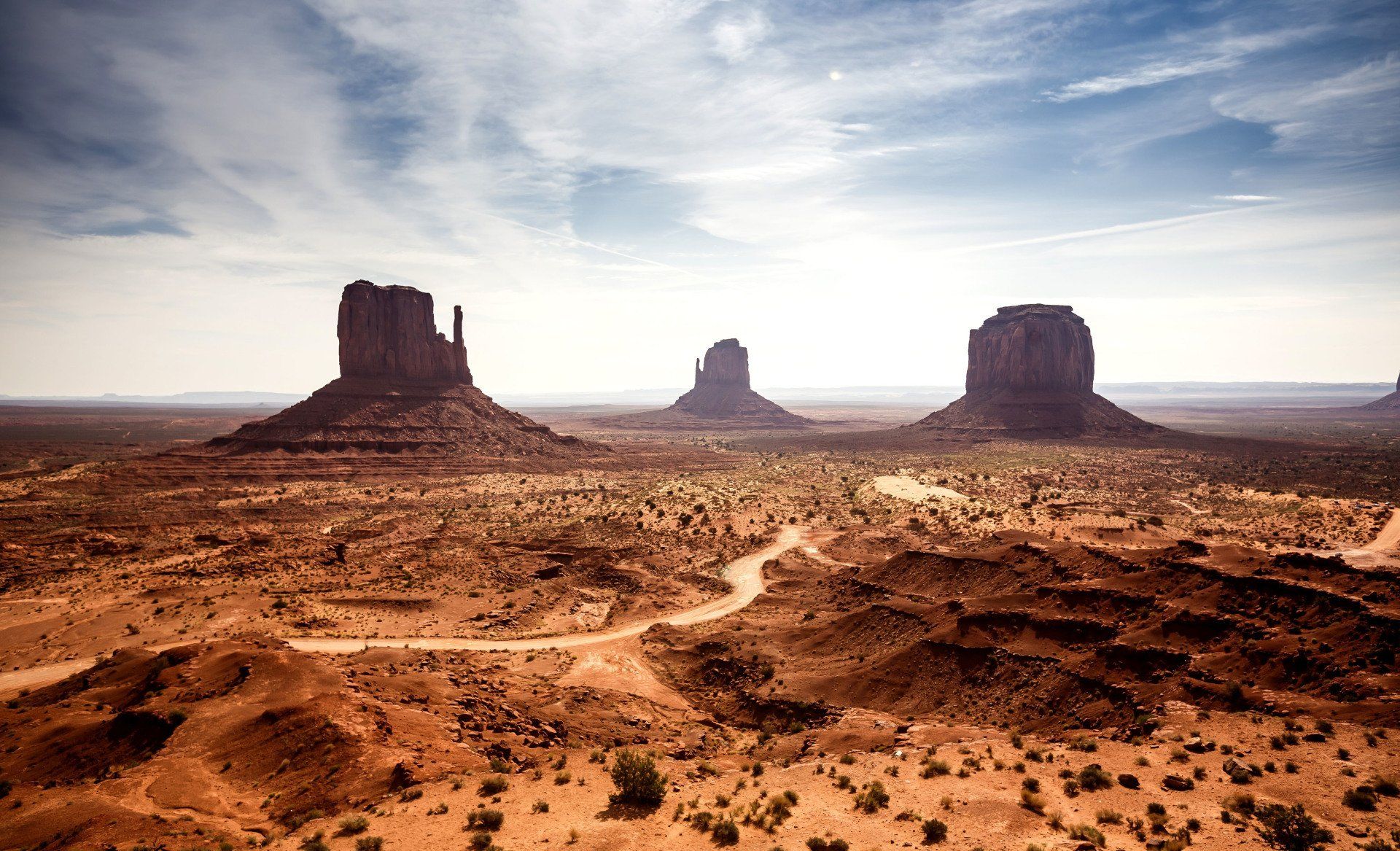Ad Valorem is Latin for according to value. In Texas specifically, this tax becomes payable only when minerals are producing (as opposed to non producing), and are billed and collected once per year. Mineral interests are classified as real property, and are taxed based on the appraised Fair Market Value. In its simplest form, fair market value is the price a willing buyer from the open market will pay for a mineral interest within the currently prevailing market conditions.
Basin
A basin is a depression in the crust of the Earth, caused by plate tectonic activity and subsidence, in which sediments accumulate. Sedimentary basins vary from bowl-shaped to elongated troughs. Most basins contain some amount of shale, thus providing opportunities for shale gas exploration and production.
Commodity Prices
Commodity prices are prices associated with the purchase of a commodity. A commodity is considered as a thing of value, of uniform quality, that is produced in large quantities by many different producers, such as oil. Expected oil and gas commodity prices are a primary consideration when valuing mineral and royalty properties.
Decline Curve
The decline curve illustrates the rate at which production is expected to decline over the lifetime of an energy asset and is used as a measure for valuation of mineral and royalty properties.
Easement
An easement is a legal agreement permitting an individual or company that is not the owner of a parcel of land to use it for a specific purpose. When selling mineral rights, easements give legal permission to the owners of these rights to drill on land to extract oil and gas.
Fracking
Hydraulic fracturing, or fracking, is a technique designed to recover gas and oil from shale rock by drilling down into the earth and directing a high-pressure water mixture at the rock to release the gas inside.
GOR (Gas/Oil Ratio)
The gas/oil ratio (GOR) is the number of cubic feet of Natural Gas produced along with a barrel of oil.
Horizontal Drilling
Horizontal drilling is the developing technology that makes it possible to drill a well from the surface, vertically down to a certain level, then to turn at a right angle and continue drilling horizontally within a specified reservoir or an interval of a reservoir, which can result in both increased production rates and greater ultimate recoveries of hydrocarbons.
Independent Producer
An independent producer can be either:
- A person or corporation that produces oil for the market who has no pipeline system or refining.
- An oil entrepreneur who secures financial backing and drills his own wells.
Joint Operating Agreement (JOA)
A Joint Operating Agreement (JOA) is a detailed written agreement between the Working Interest Owners of a property which specifies the terms according to which that property will be developed.
Kerogen
Kerogen is the hydrocarbon in oil shale. Upon heating, kerogen converts in part to liquid and gaseous hydrocarbons. Petroleum and natural gas form from kerogen.
Lease (Oil and Gas)
A lease is a contract by which the owner, of the mineral rights to a property (lessor), conveys to another party (lessee), the exclusive right to explore for and develop minerals on the property during a specified primary term and as long thereafter as oil, gas or other minerals are being produced in paying quantities.
Mineral Rights
Mineral rights apply to anything that exists underneath the surface of land. This includes natural resources such as coal, natural gas, oil or any other commodity that can be mined. Ownership of mineral rights gives the owner the right to gain monetarily (in whole or in part) from the sale of such natural resources.
Net Mineral Acres
Net mineral acres represent the net acreage owned by mineral owner, of the total gross acres in a given tract of land. For example, if you own one half of the minerals under a 100-acre tract of land, you are said to own 50 net mineral acres out of 100 gross mineral acres.
Overriding Royalty Interest (ORRI)
An Overriding Royalty Interest (ORRI) is a fractional, undivided interest with the right to participate or receive proceeds from the sale of oil and/or gas. An ORRI is NOT an interest in the minerals themselves. It is an interest in the proceeds or revenue from the oil & gas minerals sold. The interest is limited to a specific tract of land and is bound to the term’s limits of the existing lease. If a lease is allowed to expire, an ORRI is dissolved or expires with the lease.
Producing Well
A producing oil and gas well is a well that is actively being produced as a flowing or pumped well to extract oil and gas from below the surface, which is then sold to an oil and gas purchaser.
Quitclaim Deed
A quitclaim deed is a legal instrument that is used to transfer interest in real property. The entity transferring its interest is called the grantor, and when the quitclaim deed is properly completed and executed, it transfers any interest the grantor has in the property to a recipient, called the grantee. The owner/grantor terminates (“quits”) any right and claim to the property, thereby allowing the right or claim to transfer to the recipient/grantee. Unlike most other property deeds, a quitclaim deed contains no title covenant and thus offers the grantee no warranty as to the status of the property title. Because of this lack of warranty, quitclaim deeds are most often used to transfer property between family members, as gifts, placing personal property into a business entity (and vice versa) or in other special or unique circumstances.
Royalty
A royalty is a payment to a Landowner or Mineral Rights Owner by a Leaseholder on each unit of resources produced. A percentage share of production, or the value derived from production, paid from a producing well. It is important to specify how royalties are to be calculated and paid as well as insuring that you are given the right to have a third party auditor verify the records of the production from your wells.
Surface Rights
Surface rights refer to those ownership rights in a parcel of real estate that are limited to the surface. It does not include air rights or subsurface rights, meaning that it is possible to own surface rights, but not mineral rights.
Title Curative
Title curative is a set of procedures used to “cure” defects in chains of title, such as correcting instruments that are erroneous or ambiguous. The process is focused on whether the actual use and possession of the land under review is consistent with record title.
Unitization
Unitization is the joint operation of all or some portion of a producing reservoir. Unitization allows an operator to maximize the amount of resources extracted from an entire field or reservoir, without regard to lease or property boundaries.
Verification of Title
Title verification is the process by which a landowner determines if she / he owns the mineral rights found on the property without any legal restriction, lien or levy.
Working Interest
A working interest is an interest created by the execution of an oil and gas lease. It is the right granted to the lessee of a property to explore for and to produce and own oil, gas or other minerals. The working interest owners bear the exploration, development, and operating costs on either a cash, penalty or carried basis.
(1031 e)X(change)
1031 exchange refers to the section in the IRS code that allows mineral owners to defer capital gains taxes on the sale of their mineral or royalty rights when exchanged for another qualifying property.
(Total) Yield
The mineral sale price is also known as total yield. It is the amount of the lease plus royalties and can often exceed the value of the surface rights.
Zone
A zone is a specific interval of rock strata containing one or more reservoirs. Used interchangeably with “formation”.


